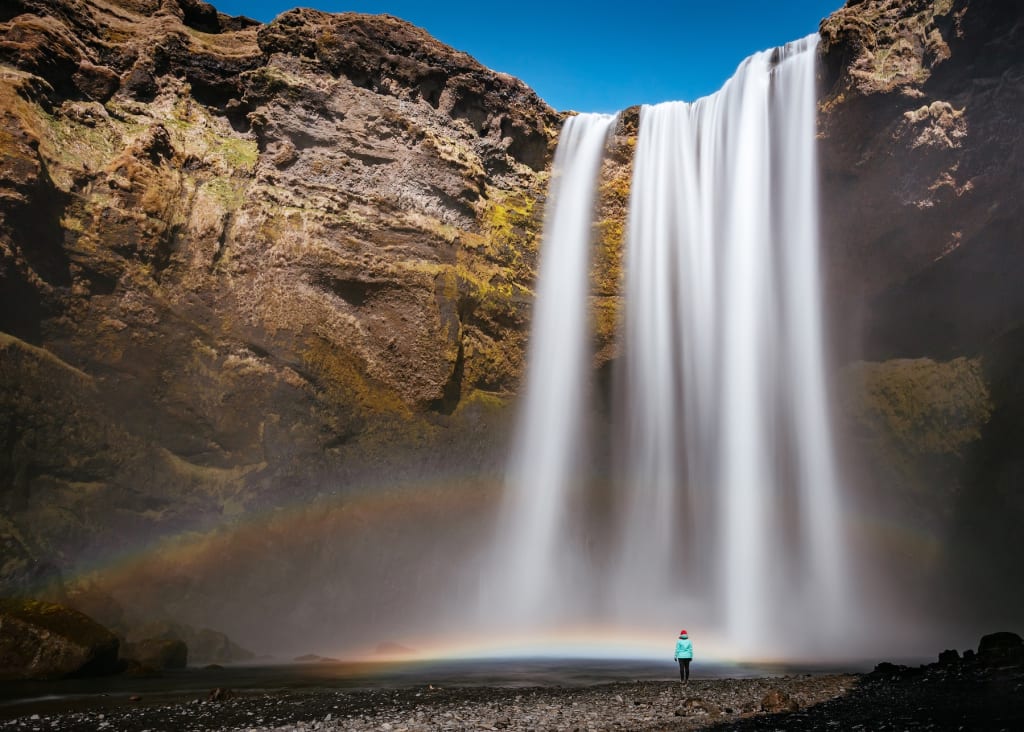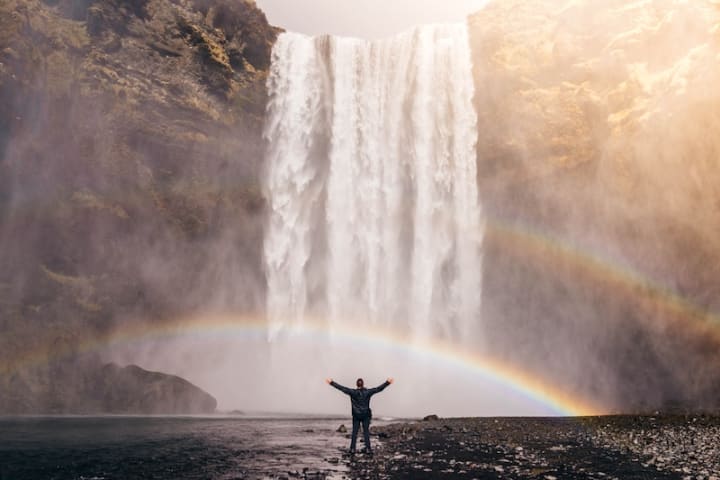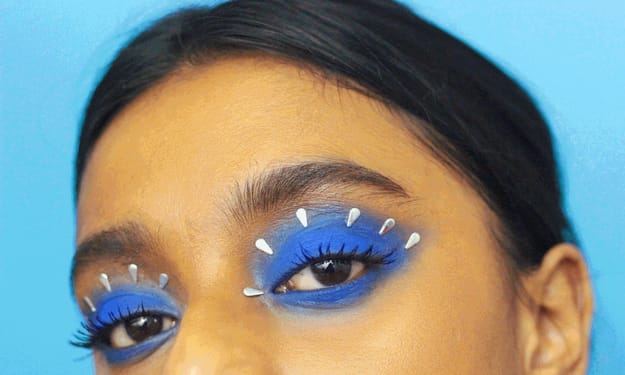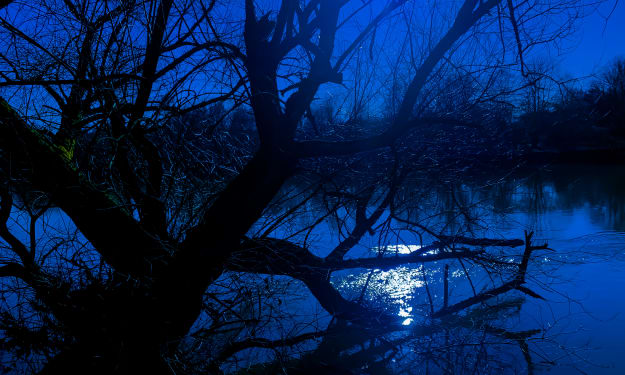Tips for Shooting Waterfall Photos
Want to get better nature photography? Check out these tips for shooting waterfall photos like a pro!

Waterfalls are beautiful, and tend to be a perfect choice for nature photographers that want to have Instagram-worthy shots. In fact, many of the best nature photographers on Instagram choose to use waterfalls in their shot because they are so majestic.
Learning how to shoot waterfalls can be tricky if you don't know where to get advice. If you want to have a seriously pretty shot of waterfalls, check out the tips for shooting waterfall photos that professional photographers swear by.
To get professional-quality waterfall pics, you're going to need a little gear. The best tips for shooting waterfall photos well will ask you to have a tripod, a wide-angle zoom lens, and a polarizing filter.
If you can't get a wide-angle lens or a tripod, you might still be okay. However, you still will need a polarizing filter. Polarizing filters, in a nutshell, are what keep nasty-looking reflections from being a part of your shot.
To get a "silky" water stream, use long exposures, and use a tripod to stabilize your camera.
One of the best tips for shooting waterfall photos like a pro is to extend your exposure time. Long exposure settings give waterfalls that "velvety" water look by averaging a bunch of moments into a single shot.
Using the lowest ISO speed on your camera is ideal if you want to get that silky look to your photos. When you do long-exposure photos, you can't allow your camera to move. This could harm the overall capture of the picture. Using your tripod will stabilize the photo.
You shouldn't really read up on tips for shooting waterfall photos if you don't know where to find a waterfall. If you aren't really seeing an opportunity to get a waterfall shot near you, don't panic.
Waterfalls are way more common than you'd think, and chances are that you're near one without even realizing it. You can find your nearest waterfall with apps—or by browsing Flickr.
Use a small aperture to add crispness during long exposure shots.
To get the crispness of the surrounding area in your photo, you will need to get a smaller aperture. Small apertures sharpen up images, but also keep the shutter speed slow. Starting out with f/16 is a good idea, after which, you can try slightly shorter.
All the lists of tips for shooting waterfall photos need to include something about Photoshop. Waterfalls are very hard to photograph, and once in a while, using Photoshop hacks to help you clean up your shots is totally wise.
Of course, you don't need to spend thousands on Photoshop. We suggest downloading an app that can help fix blown-out exposure from water foam, if you can't get Photoshop or Gimp on your computer.
If you want a more action-packed state, try fast exposure.
Rapid exposure and fast shutter speeds are the easiest ways to capture individual water drops as they tumble down the falls. One of the coolest tips for shooting waterfall photos like a pro is to speed up your shutter high (like 1/300). Then, crank up your ISO.
This allows you to get crisp, action-filled images of the water's power in all its glory. Our suggestion? Work on capturing the falls up close to get a more creative, unique take on waterfalls.
Wide-angle lenses are great for landscapes, and waterfalls definitely can work as a focal point in all kinds of landscape shots. When shooting a landscape, it's important to try to compose your own take on landscape.
Take a moment to take a look at the foreground, or to try to find a unique angle for your photo. More often than not, what makes a good photo different from a great one is the way that all the elements play together.
In many situations, people forget to add the foreground as an element of the picture. Foregrounds can offer a lot of framing, action, or serenity—so get creative.
Use people to emphasize the waterfall's size.

Waterfalls tend to scale poorly on their own, and that's why one of the more useful tips for shooting waterfall photos is figuring out how to scale them. Having one or two tourists or creatures walking in front of the waterfall will help people realize how big the falls really are.
As long as it's not done in a hackneyed way, having people walking in your shots can help you add more emotion to your photos.
Believe it or not, your cellphone can be one of the most powerful tools you have as a photographer. Cellphones don't just allow you to check out cool YouTube photography channels that offer tips for shooting waterfall photos; they also have pretty decent cameras.
If you want to get a good shot, but lack a DSLR, don't give up. Use your iPhone, and you'll get a pretty decent base photo. From there, you can use filters on Instagram or a download of Photoshop to hammer out the rest of the issues.
It's also worth pointing out that certain cellphones are waterproof—and that can be useful if you're worried about damage to your DSLR.
Natural lighting is what you're going to have to work with, so try to come at a good time of day for the shot you want.
Mornings tend to give a very reddish hue to the sky and are great for warm, inviting waterfall shots. Most people prefer to shoot when the sky isn't too bright, during days when the sky is overcast. The clouds diffuse the light, which in turn helps bring out colors evenly.
About the Creator
Cato Conroy
Cato Conroy is a Manhattan-based writer who yearns for a better world. He loves to write about politics, news reports, and interesting innovations that will impact the way we live.






Comments
There are no comments for this story
Be the first to respond and start the conversation.